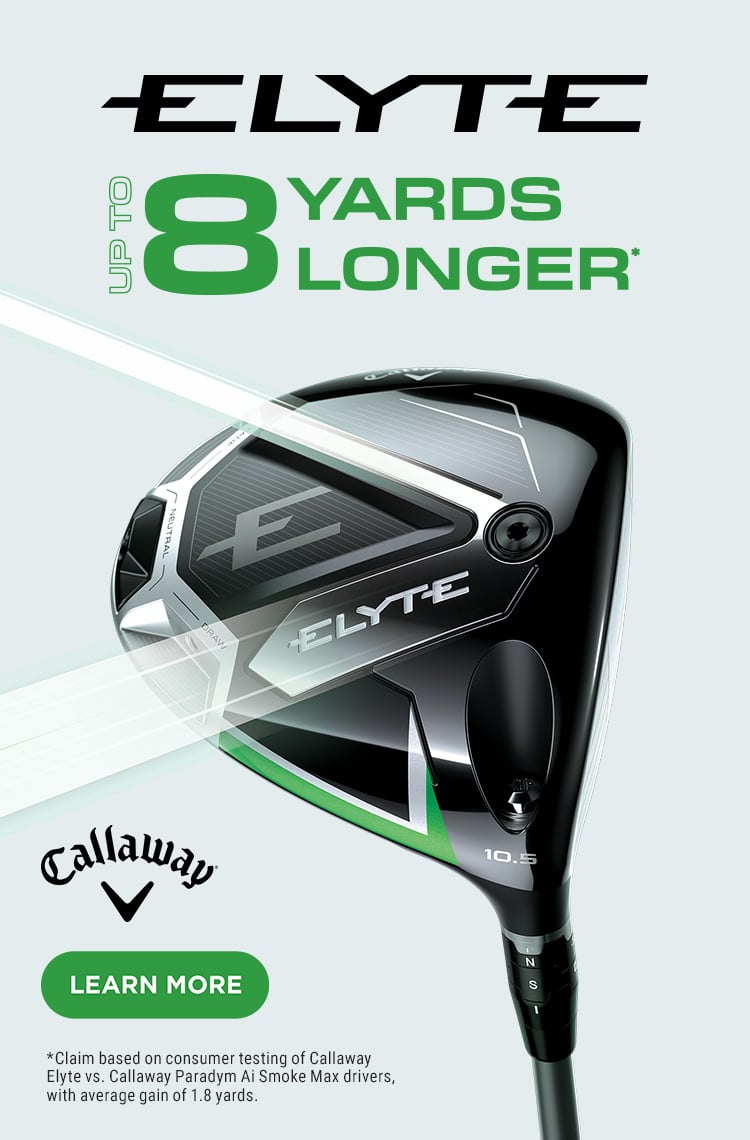The biggest difference we have found in golf-ball performance is in short-game spin. Multilayer balls with a urethane cover spin noticeably more than balls with an ionomer or Surlyn cover construction. Routinely thought of as distance balls, some of these non-urethane-cover models are getting closer. However, looking at the average of the balls that made the Hot List in these two categories, the urethane-cover balls spin close to 70 percent more than non-urethane-cover balls on the half-wedge shot. The numbers are based on robot testing by Golf Laboratories using a Foresight Sports GC Quad launch monitor. That means more check and more consistency for that type of shot. How much? Well, there is a range, but our research reveals the same half-wedge shot with a urethane-cover ball will carry a little shorter and stop much faster than a non-urethane-cover ball. The urethane-cover ball flies three yards shorter and rolls out only six yards, and the non-urethane-cover ball rolls out 11 yards after landing. That resulted in shots that finished four feet from the hole for a urethane ball, but 27 feet from the hole with a non-urethane ball. In other words, urethane-cover balls offer more precision for the shots that require the most precision. Presuming, of course, you have that kind of precision.
Our player survey of average golfers and the two kinds of balls [see sidebar on page 108] suggests many golfers don’t display that kind of skill and awareness. We did find that non-urethane balls launch consistently higher on these types of shots, which might be helpful to some golfers. But the differences weren’t as great on full swings with longer clubs. In fact, the latest urethane-cover balls have improved carry for lower-lofted clubs through the use of new aerodynamic dimple patterns. (Not only that, the standard deviation in the performance of the best urethane balls was more than 50 percent tighter compared with the non-urethane balls because the slicker cover of the non-urethane balls led to inconsistent launch and spin.)
Precision comes at a price, however. Urethane balls cost 50 to 100 percent more than non-urethane balls. If you’re losing two sleeves a round, maybe sacrificing spin on a 40-yard wedge shot isn’t what’s most important to you.


